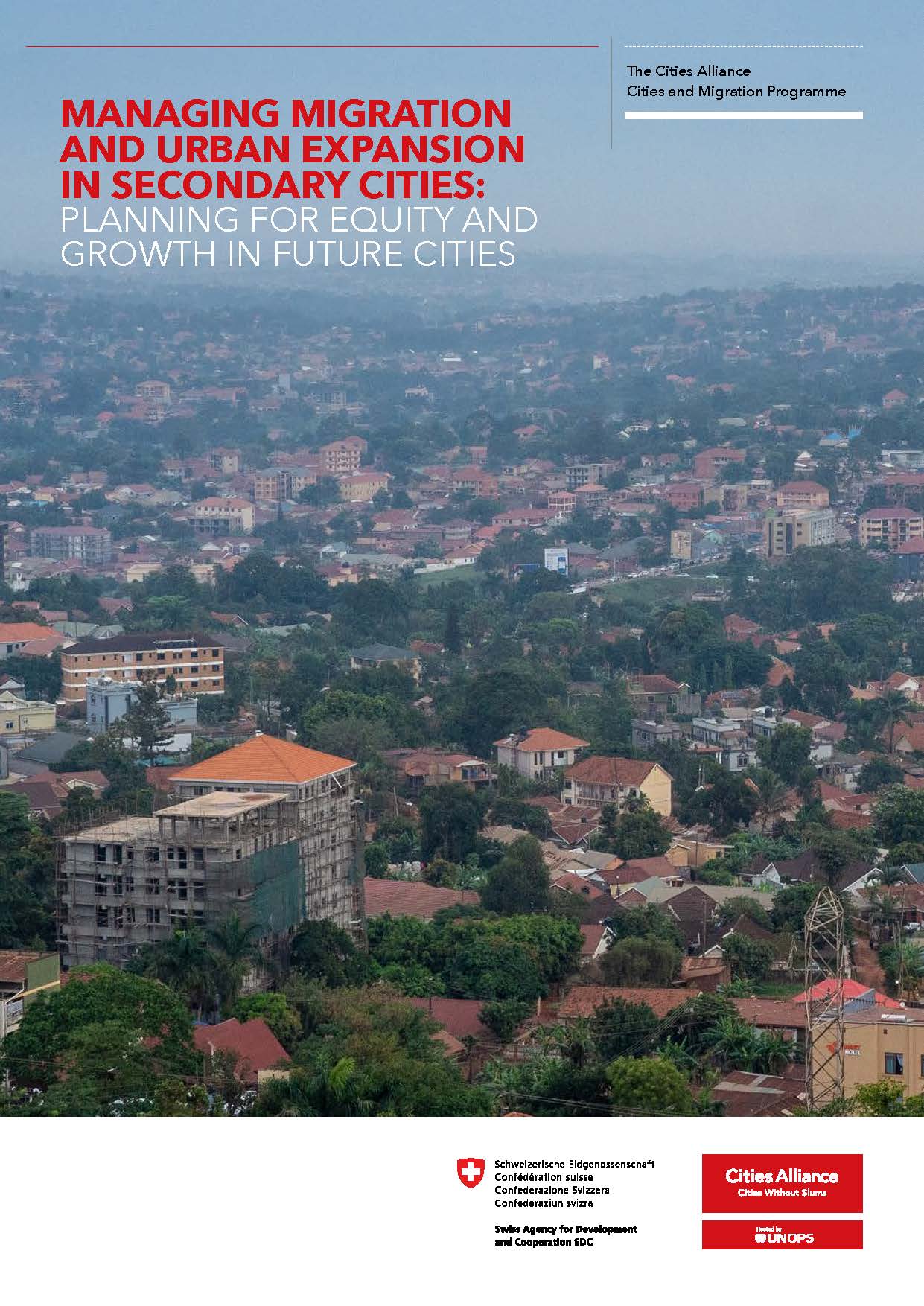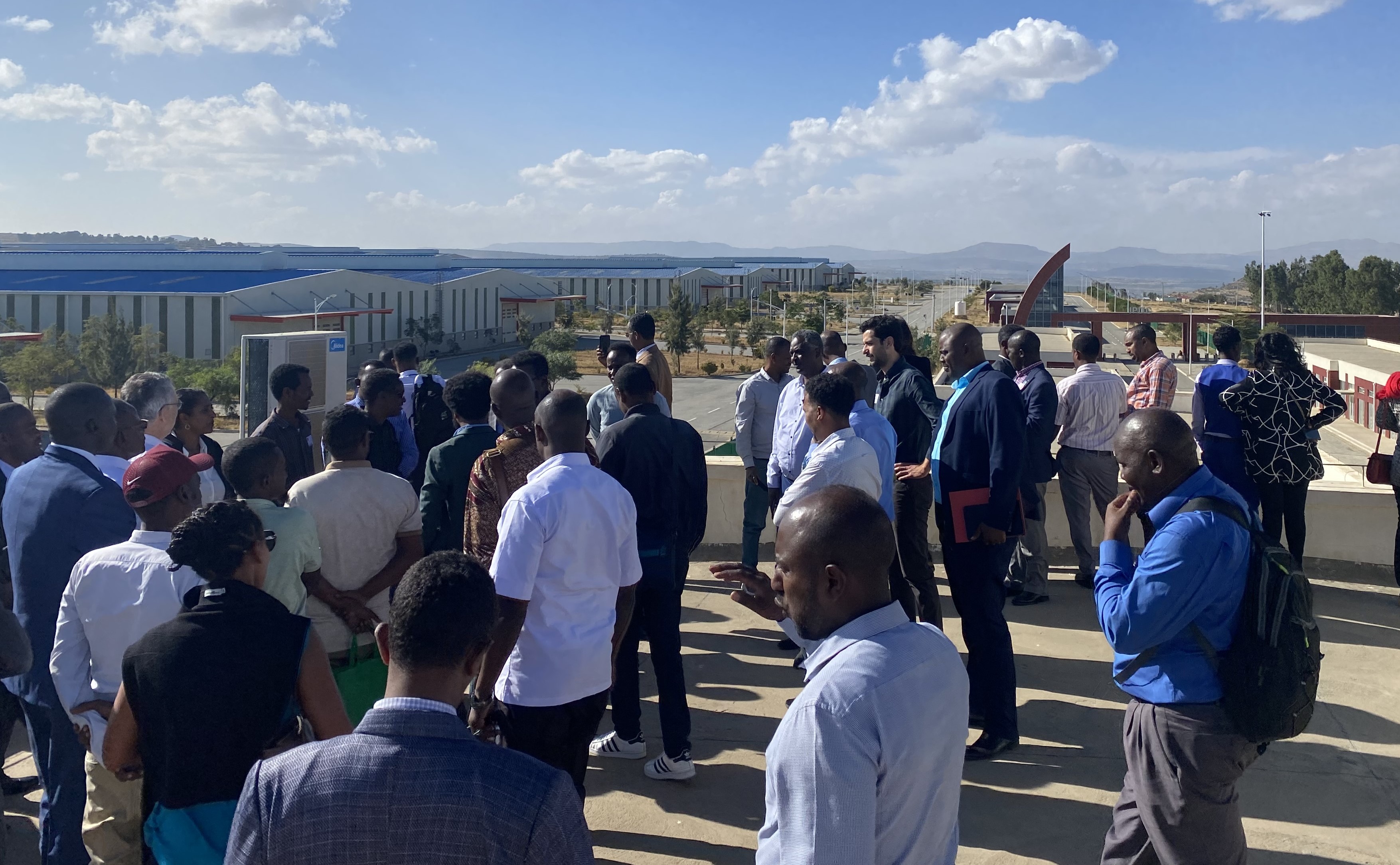Natural urban population growth and rural-urban migration is leading to rapid increases in the populations of secondary cities in developing countries, causing massive urban expansion.
Between 2000 and 2015, rapid population growth translated into an almost four-fold increase in the built-up area of cities in less-developed countries. Much of this urban expansion was disorderly, lacking adequate infrastructure, and with serious environmental consequences.
From 2020–2022, Cities Alliance partner cities received technical support to prepare urban expansion plans. During the plan development process, cities showcased the Urban Expansion Planning approach and its potential benefits, and the governments of Uganda and Ethiopia expressed interest in scaling it up to additional cities.
To consolidate this interest, the second phase of the project (2023–2026) focuses on regulatory changes to embed Urban Expansion Planning in national policies, as well as creating local service providers to respond to a steady demand from cities for the services of trained practitioners.
It will also support a knowledge hub at leading urban planning institutions in both Uganda and Ethiopia to act as national centres of excellence.
In Sub-Saharan Africa, 80% of the residential areas developed over the past 25 years are informal and unplanned.
Partners
Uganda: The Ministry of Lands, Housing, and Urban Development; the cities of Arua, Gulu, Jinja, and Mbale; Makerere University; and the Urban Authorities Association Uganda (UAAU).
Ethiopia: The Ministry of Urban Development and Infrastructure; the cities of Dire Dawa, Jigjiga, and Wajale; the Ethiopian Civil Service University; and the Ethiopian Cities Association.
Somalia: Selected partner cities.

Urban Expansion Planning
Urban Expansion Planning is a simple, cost-effective way for cities to change the trajectory of their rapid growth in an inclusive and environmentally sustainable manner.
Cities estimate their future growth over the next 30 years, identify land for growth, create grids of arterial roads, and mark out networks of environmentally sensitive areas that require protection.
The plans consider the specific needs of youth and women to access safe transport, markets, public space, water and sanitation.
The alternative is what secondary cities already witness and reject in their congested and polluted capital cities, with most residents caught in underserved informal settlements.
Green, accessible and climate-resilient cities: Mitigation and adaptation through better planning
Proactive expansion planning can reduce greenhouse gas emissions through more efficient and sustainable mobility. A citywide, gridded arterial road network developed through Urban Expansion Planning can lead to reduced GHG emissions when compared to unplanned networks.
This is due primarily to three complementary effects – shorter travel distances, reduced vehicle congestion, and fewer private vehicles, with more street space available for public transportation, walking, and cycling.
Urban expansion and growing populations in urban areas increase the demand for water. While higher per capita incomes and more residents and businesses are factors, the primary reason is greater demand for agricultural goods from the urban hinterland, as agricultural users consume dramatically more of the available water than urban areas.
Water management systems must consider the total consumption within a hydrological area, rural and urban.
Urban expansion plans point out existing water supply areas and consider future water storage and extraction needs. For example, Hawassa, Ethiopia, used the approach to protect surface water supplies as one component of protecting environmentally sensitive areas.
Green space can be aligned with the contour of drainage on the land to encourage infiltrationduring floods. Equally, arterial roads can be aligned to gravityfed drainage lines and serve as levees, embankments, and other water management infrastructure for future developments.
Landslide risk areas, where poor communities are likely to settle due to their proximity to economic activity, can be better managed.
Results on the Ground: Ethiopia
In Ethiopia from 2013 to 2016, Urban Expansion Planning:
- Led to the construction of over 570 km of arterial roads, creating space for at least 140,000 new residents and 26,000 jobs.
- Reportedly reduced informality and squatting.
- Cost US $700,000 to support 18 cities for three years, with participating cities investing US $35 million from capital budgets over five years.






